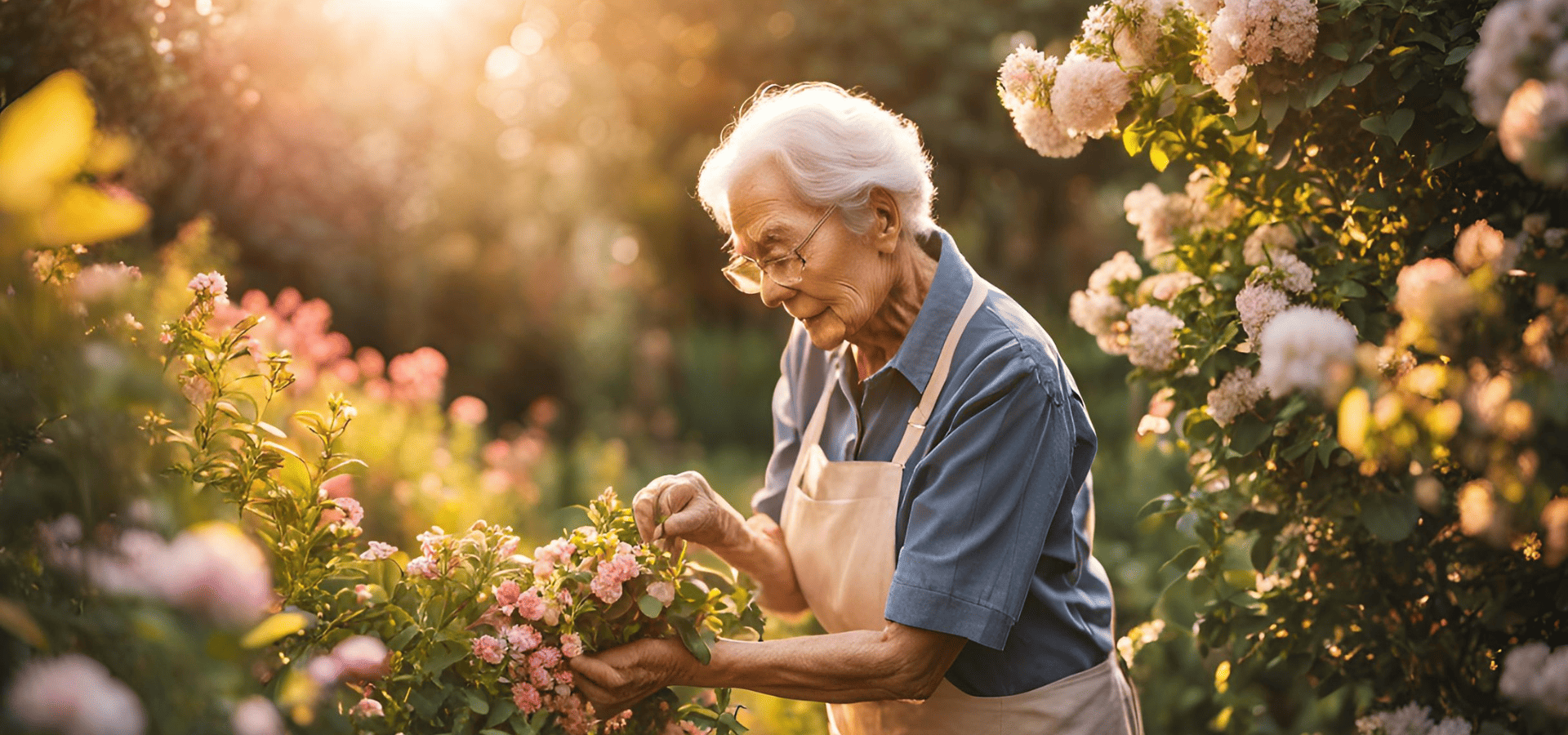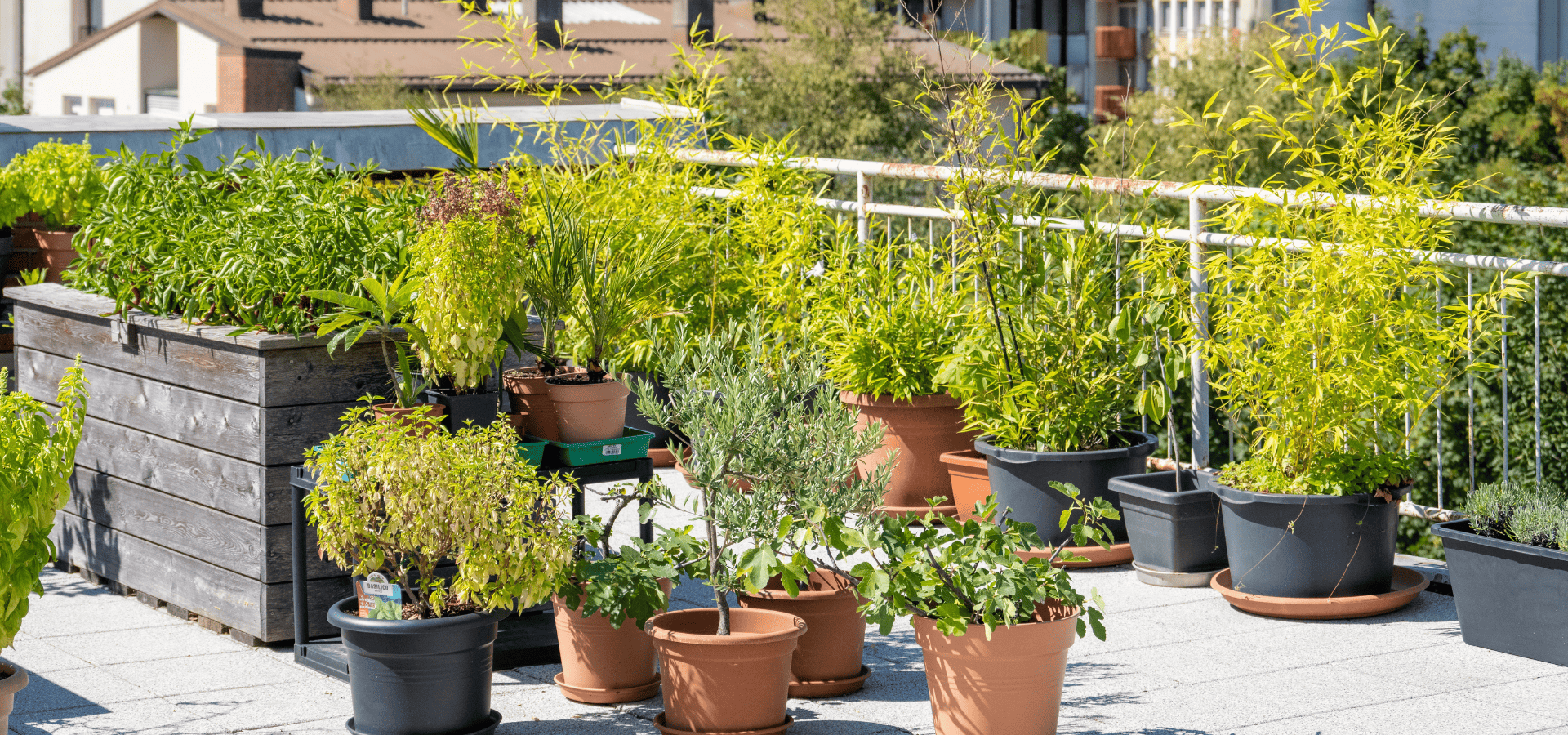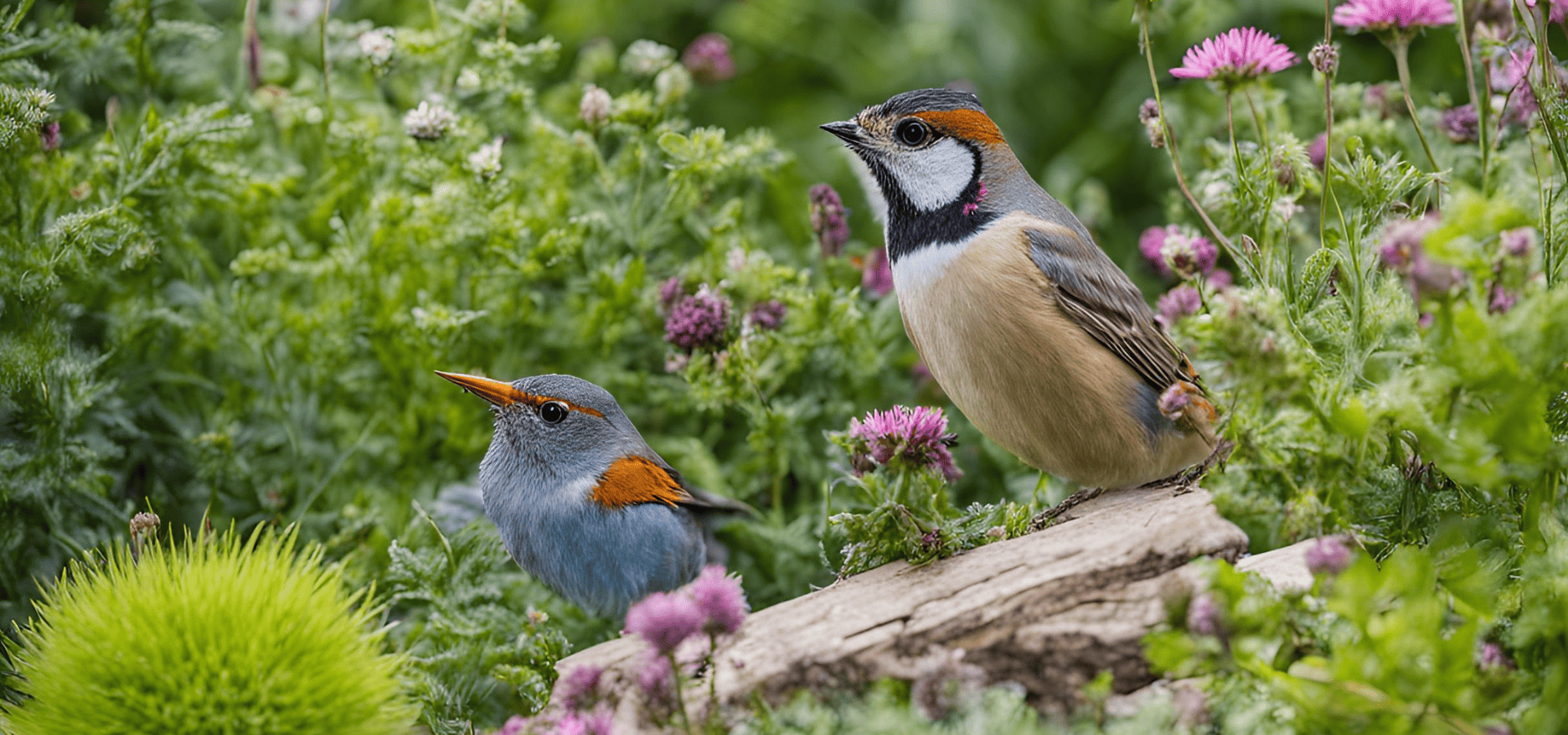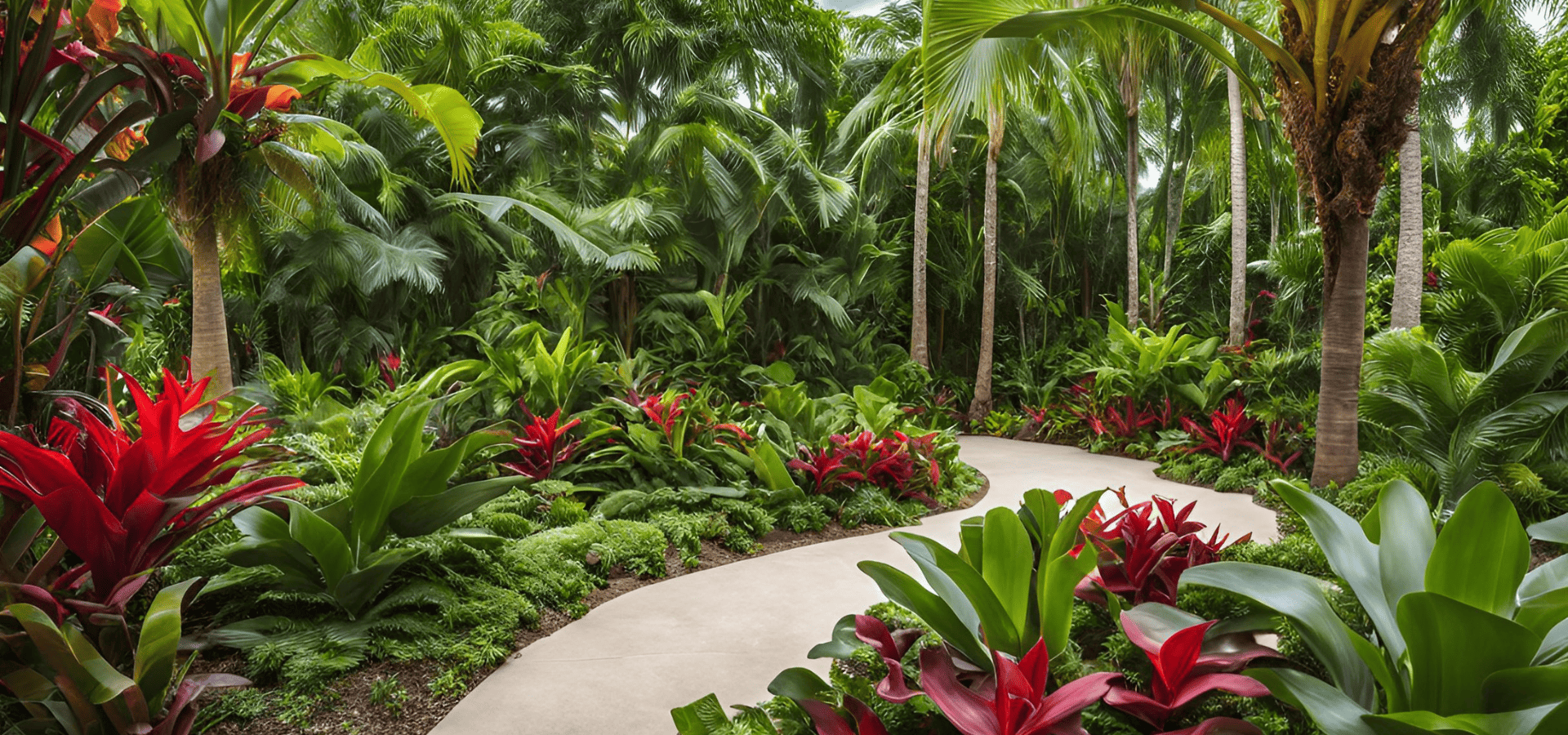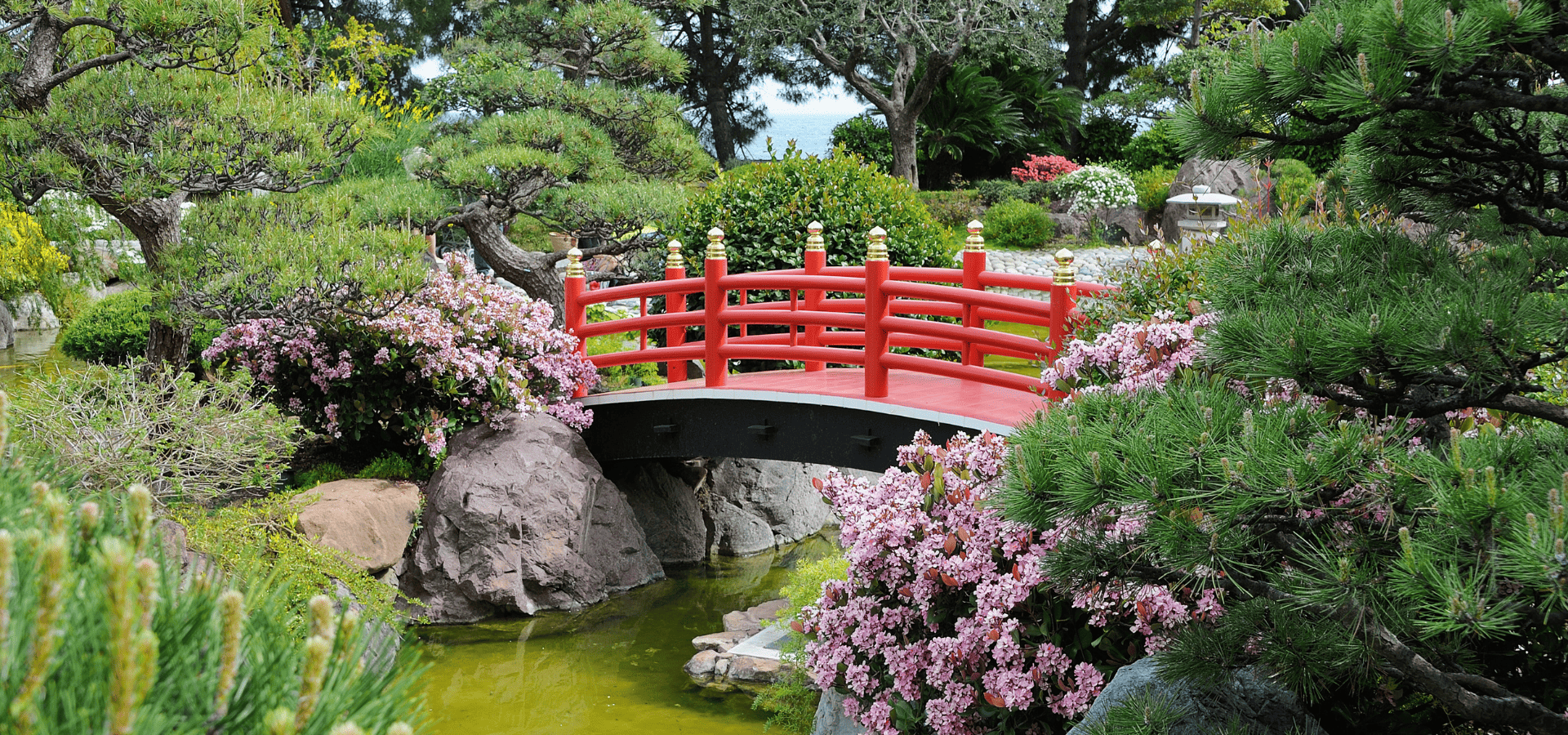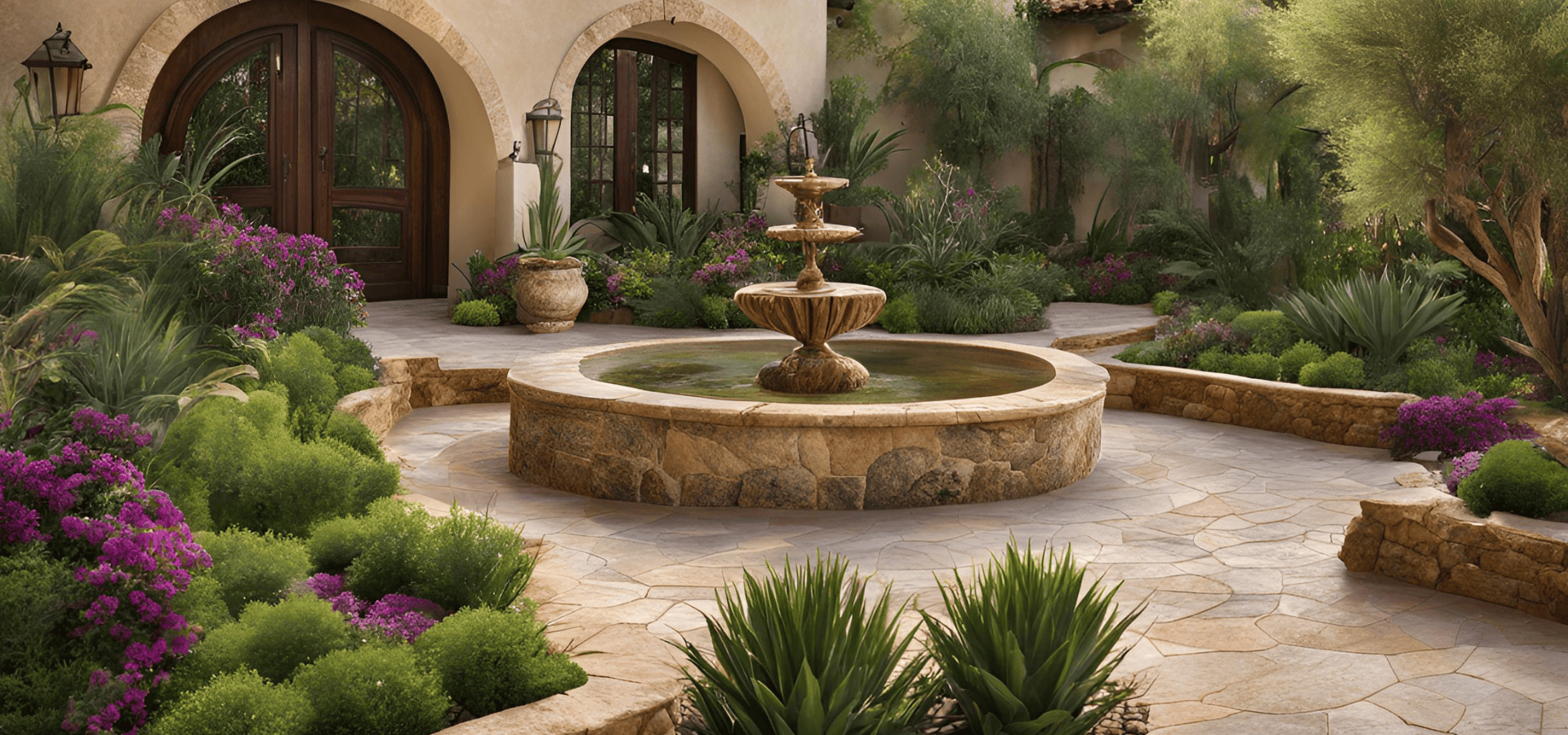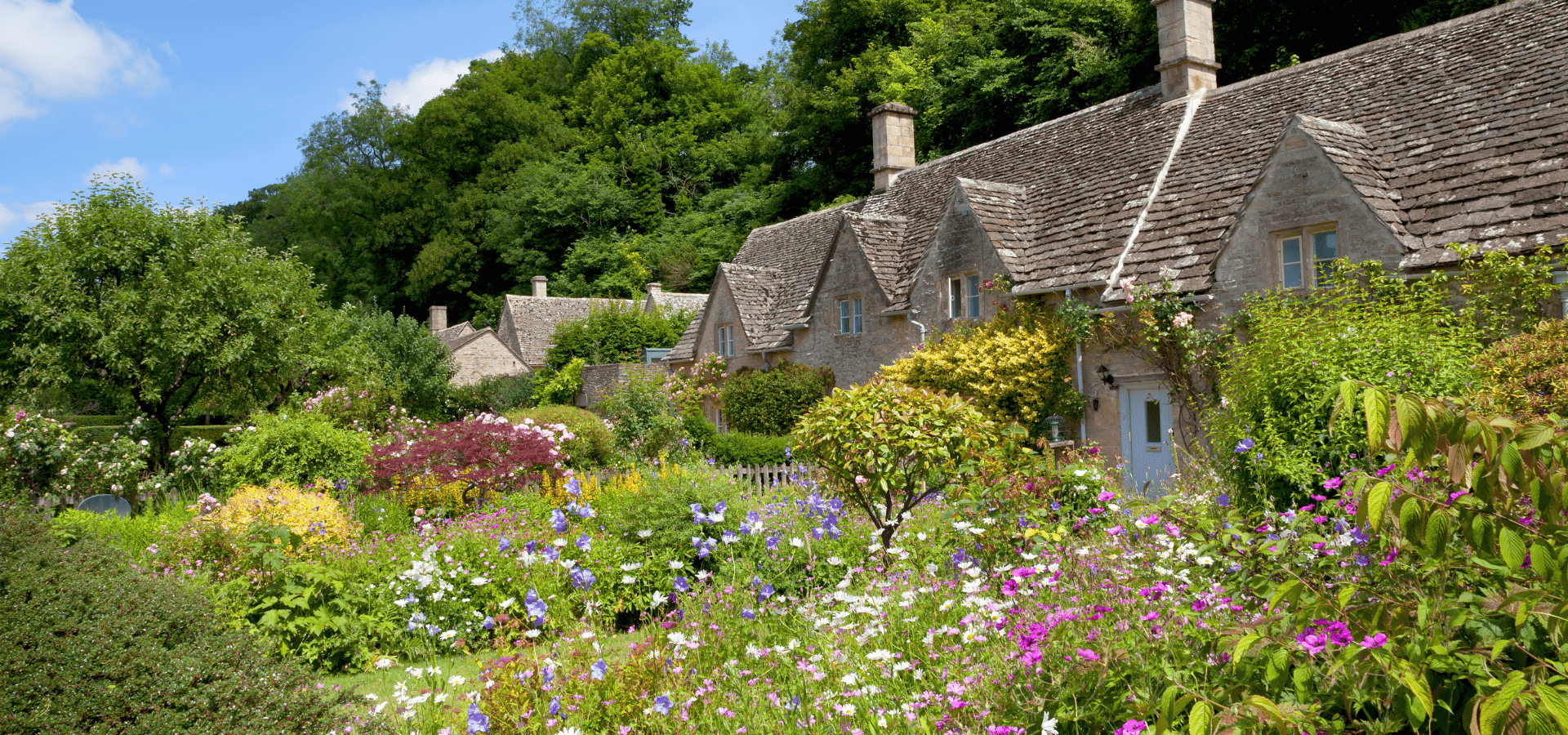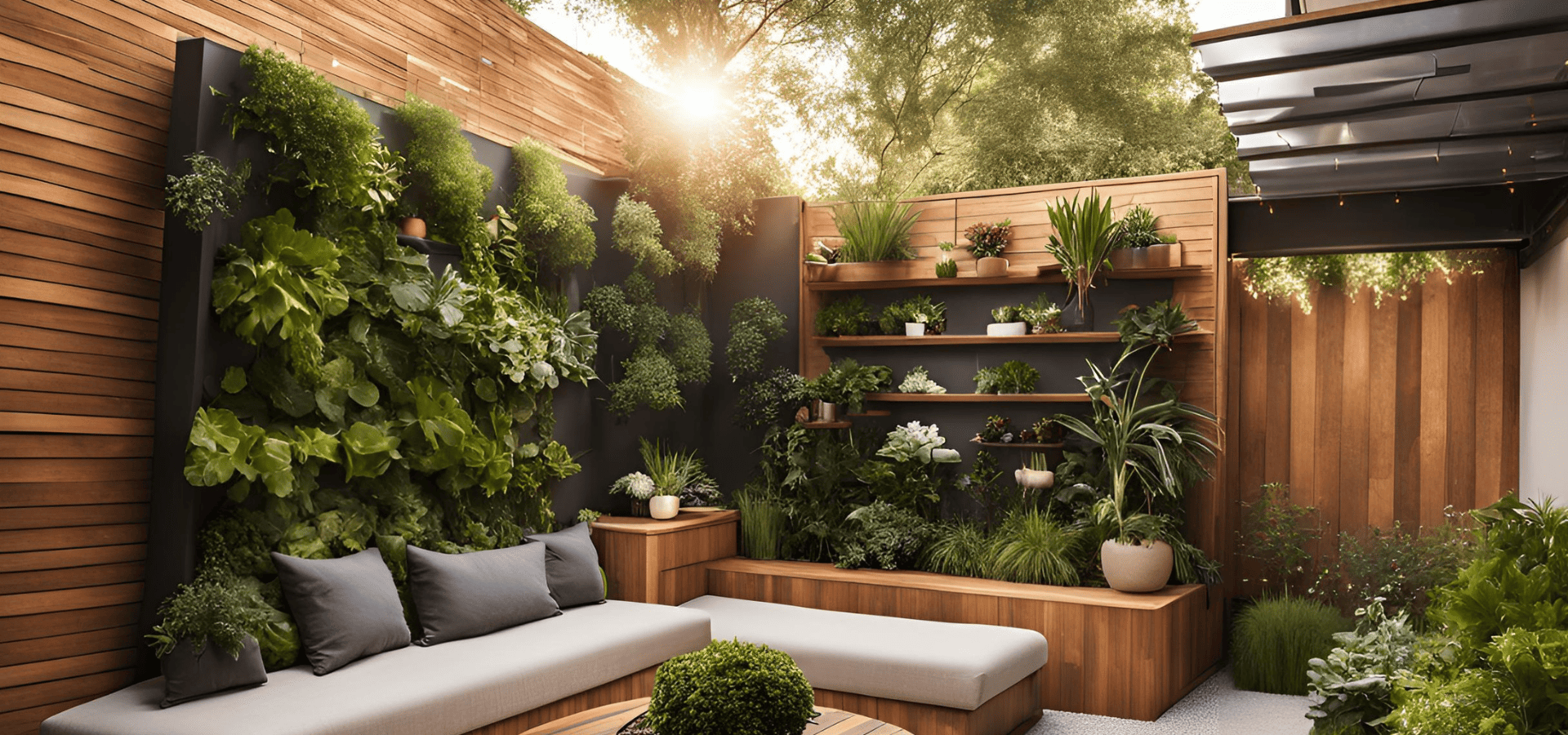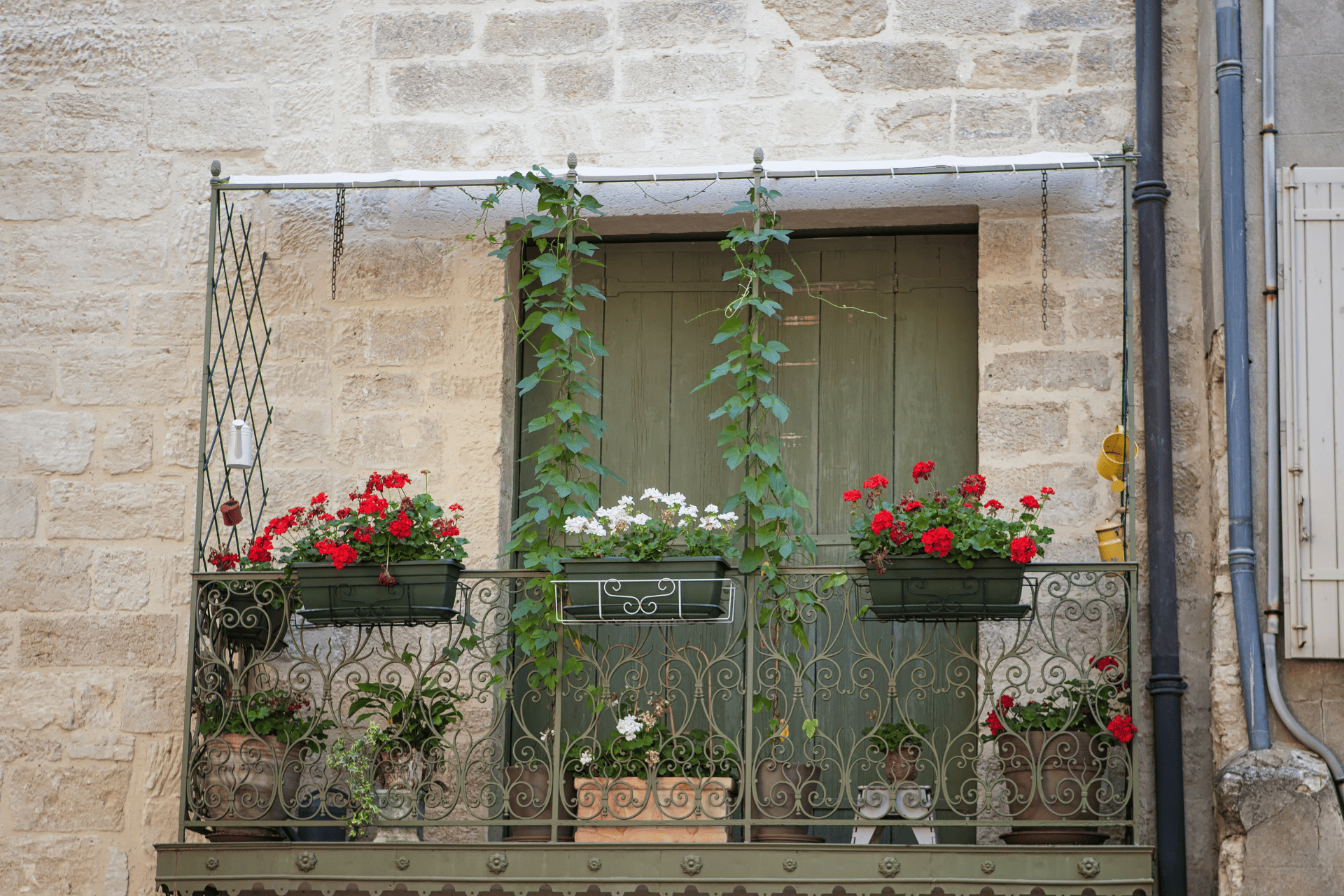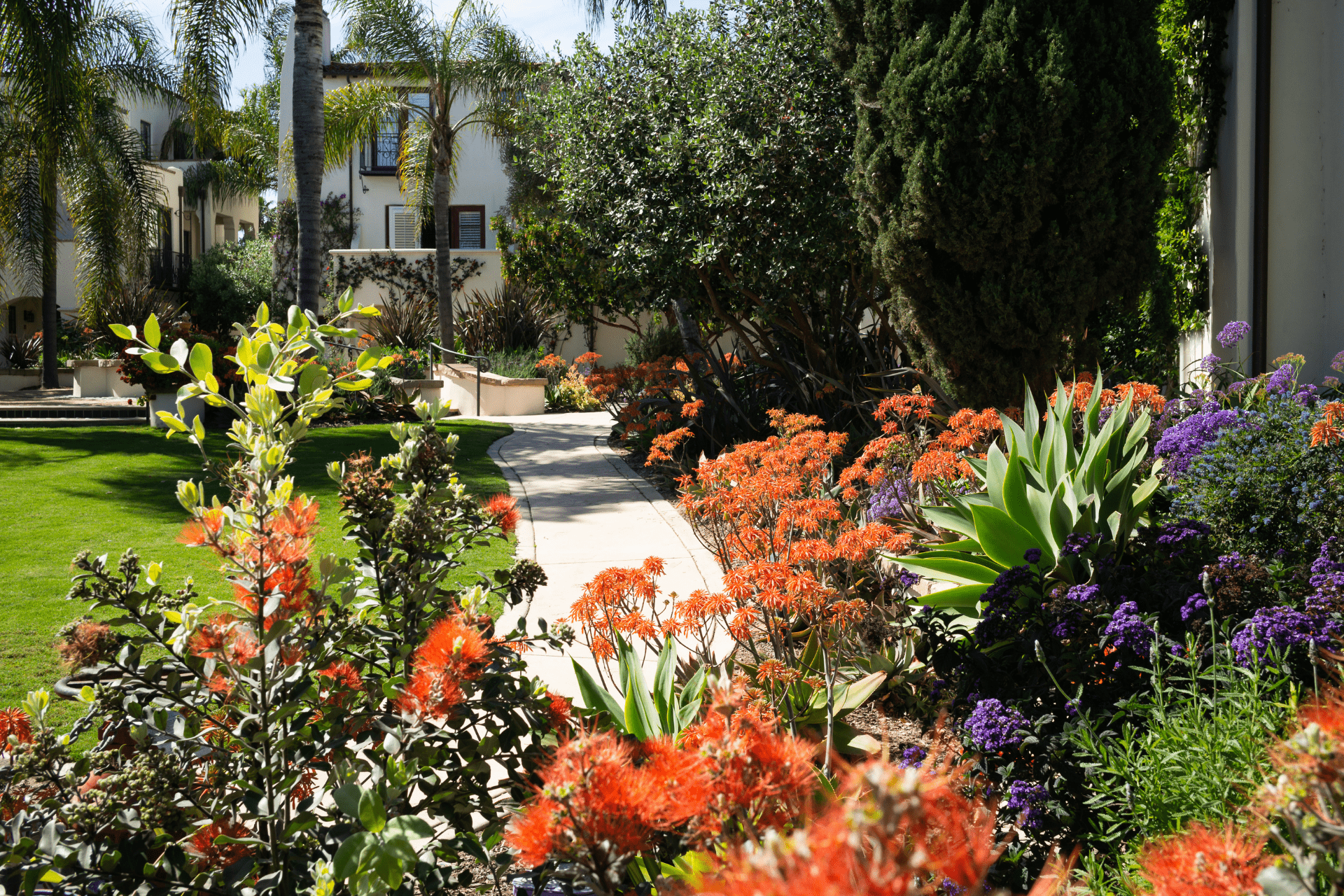The 4 Best Modern Landscaping Styles
Over the years, with everything looking more sleek and modern, from buildings to cars, landscapes are no exception.
Modern-day people have different preferences and needs from people in the past, and building styles are changing too, which means landscapes need to change along with them.
Here are
four
modern landscaping styles to keep your home looking modern and trendy.
1. Minimalist
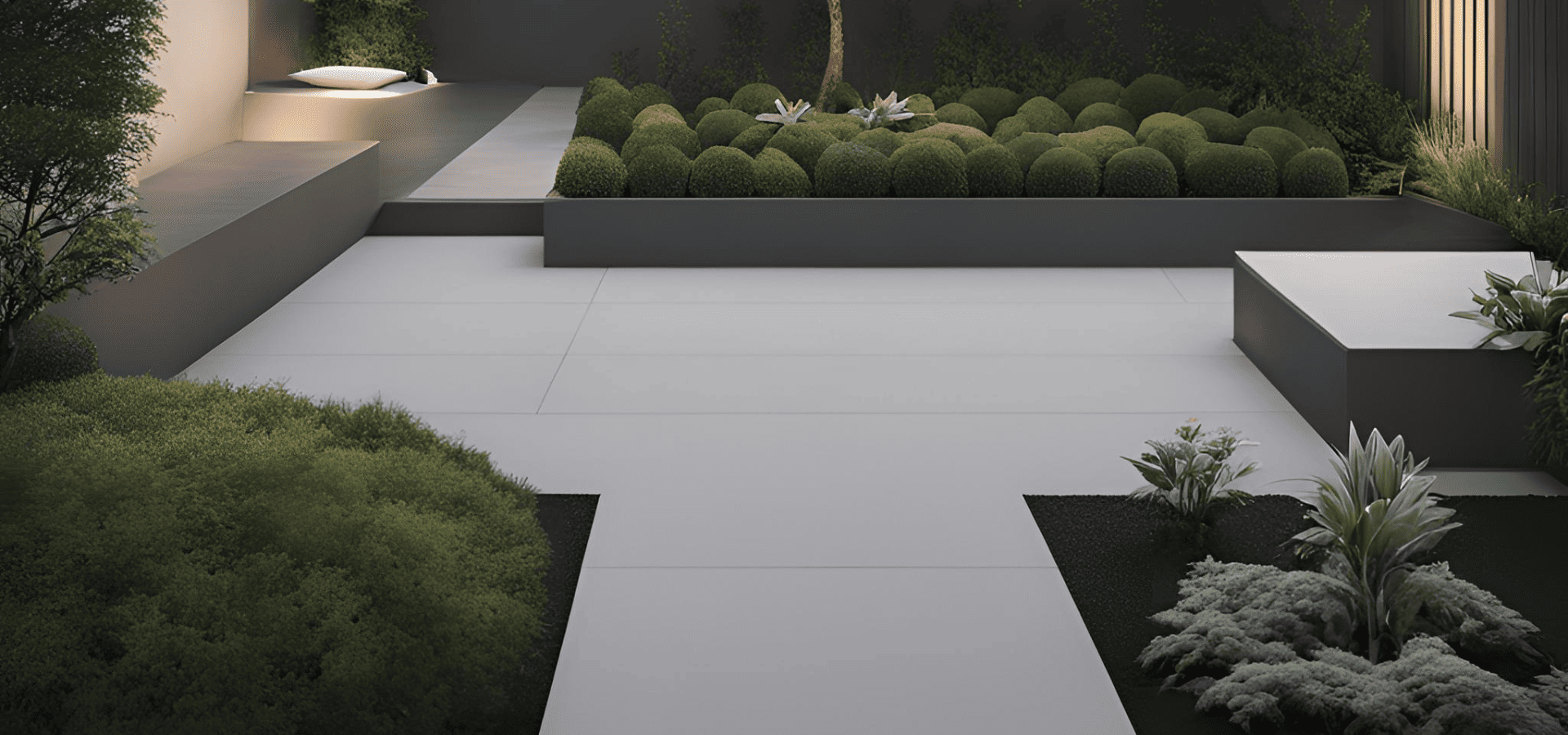
Minimalist landscapes are a sharp contrast to luscious gardens filled with trees and flowers. Instead, the fewer features there are, the better, with the goal being to create an ultra-neat, sleek, and simple landscape.
Key Elements
- Colors: White, gray, black, earthy, and greens of course. Make sure not to go overboard with the colors. You don’t want your entire garden to be a single green color, but you really only need a few shades of green for the shrubs, grass, and lawns, and a bit of color for the hardscapes and flowers.
- Plants: Mostly greens with architectural shapes like ornamental grasses and evergreen shrubs, and a minimal amount of plants with dull or muted color flowers.
- Arrangement: No wavy paths or patterns. There should be clear shapes throughout, with mainly straight lines and geometric patterns for things like the pathways, garden beds, and hardscapes.
- Plenty of Open Space: Make sure not to clutter the area by using too many plants or hardscapes. You want a sleek, minimalist look, which means plenty of open space.
Things To Note
- Don’t forget about the hardscapes: By including hardscapes and ensuring your landscape isn’t just purely plants, your space will look even sleeker. The hardscape also helps more clearly define the lines and sections of your space.
- Use plants with clear shapes: You want to have a clean, neat look, which means you don’t want to have a whole row of shrubs or flowering plants with lots of leaves or branches sticking out, so opt for plants that grow in structural forms such as boxwood.
- Use the same elements throughout: Unlike most gardens where you want a variety of different flowers and features, for a minimalist landscape, try to use the same few elements throughout. For example, if it’s stone paths you’re using, use that throughout. If it’s boxwood you’re using, or boxwood mixed with sculptural plants like agave, use them throughout your garden. Don’t try to incorporate a wide variety of plants or features, as that will only ruin your minimalist aesthetic.
2. Sustainable
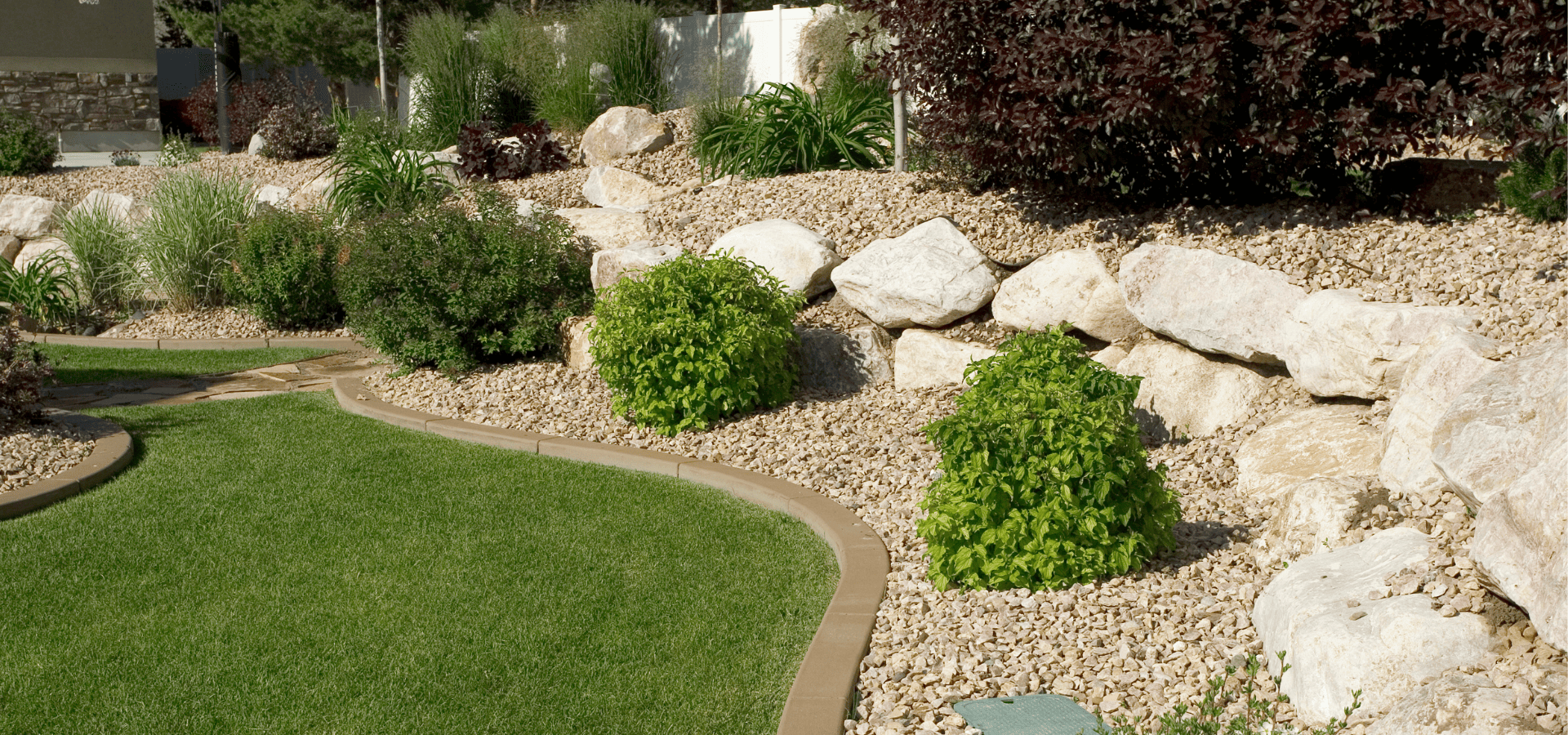
With awareness of global warming and the need to protect the Earth increasing, it’s no wonder that sustainable landscapes, aka eco-friendly landscapes, are increasingly in demand. Sustainable landscapes are basically landscapes that conserve water, support the environment, and ideally support the local wildlife.
Key Elements
- Colors: No specific guidelines, anything goes as long as it’s environmentally friendly.
- Plants: Native plants are used as much as possible so that minimal watering and maintenance is required for the plants to thrive, thereby conserving resources. You can also take it one step further and go for drought-tolerant plants to conserve even more water.
- Arrangement: No particular rules, except to group plants by water needs, i.e. hydrozoning. This ensures that no plants in any zone needs less water than the others, and thus no water will be wasted when all plants in each zone receive the same amount of water.
- Water Conservation: Besides using native plants, sustainable landscapes often employ other water-conserving strategies like efficient irrigation systems and xeriscaping. However, you don’t have to adopt every single one of them. By deploying the various other elements of a sustainable landscape, you’ll still have yourself an effective eco-friendly landscape.
- Sustainable Materials: While not a must to be considered a sustainable landscape, if you want to further help protect the environment, opt for recycled, reclaimed, or renewable materials in your hardscapes.
- Wildlife-Friendly: Ideally, your landscape should support the ecosystem too. There are many ways to do this, such as birdhouses, bat boxes, birdbaths, and so on. Incorporating a few of these helps support biodiversity and supports the environment.
Things To Note
- Collect rainwater: While your garden does its part to conserve and use less water, you can further reduce water usage (and water bills) by collecting and using rainwater. There are sophisticated ways to do this such as rain gardens and rain barrels, but if you want something simpler, a simple bucket will suffice.
3. Contemporary Zen
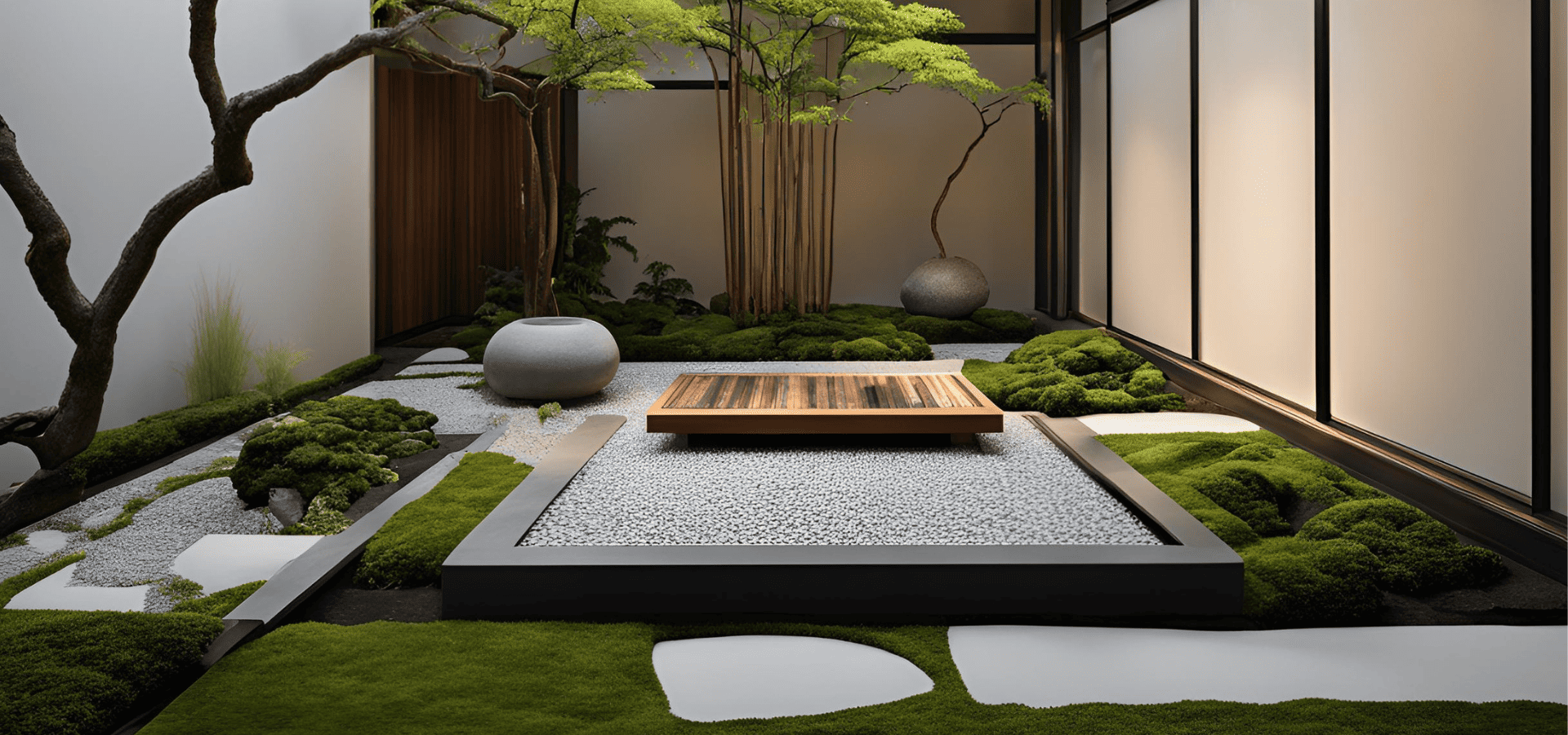
Contemporary Zen gardens aren’t often seen and can be a nice breath of fresh air among rows of houses with various normal-looking gardens. These gardens are intended to feel serene, tranquil, and Zen. As such, instead of filling the garden up with bright and vibrant flowers, these gardens follow minimalistic principles with more restrained color palettes.
Key Elements
- Colors: Mostly green trees and shrubs with a minimal amount of soft colors like white, pale pink, light purple, and so on, deployed in strategic places.
- Plants: As with minimalist gardens, you want plants with clean lines and architectural shapes, and as it’s contemporary Zen, make sure to go for plants with subtle colors. In addition, Zen gardens often feature mosses, groundcovers, bonsai trees, and even bamboo.
- Arrangement: Can be done in many ways, just remember not to overcrowd your space and don’t use too many different plants. Also, don’t have too many focal points.
- Natural Elements: Incorporating elements from nature such as large stones, gravel, and ponds help further create a calming ambience.
- Symbolic Features: Features like stone lanterns and koi ponds which symbolize deeper meanings like enlightenment are a staple in Zen gardens.
- Meditative Space: If you want to take it one step further, having something like a seating nook or bench near the pond for meditation can really take your Zen garden to the next level.
Things To Note
- Use softer water features: Your water feature may or may not be the focal point of your landscape, but either way, make sure not to make it too grand or loud. Think gentle fountains, ponds, streams, reflective water basins, and even small waterfalls.
- Use more hardscapes: When it comes to Zen landscapes, you will usually want at least 40% of it to be hardscapes. This is simply because hardscapes tend to give off a more serene feel than plants do. As an added benefit, hardscapes are also easier to maintain than plants.
4. Urban Modern
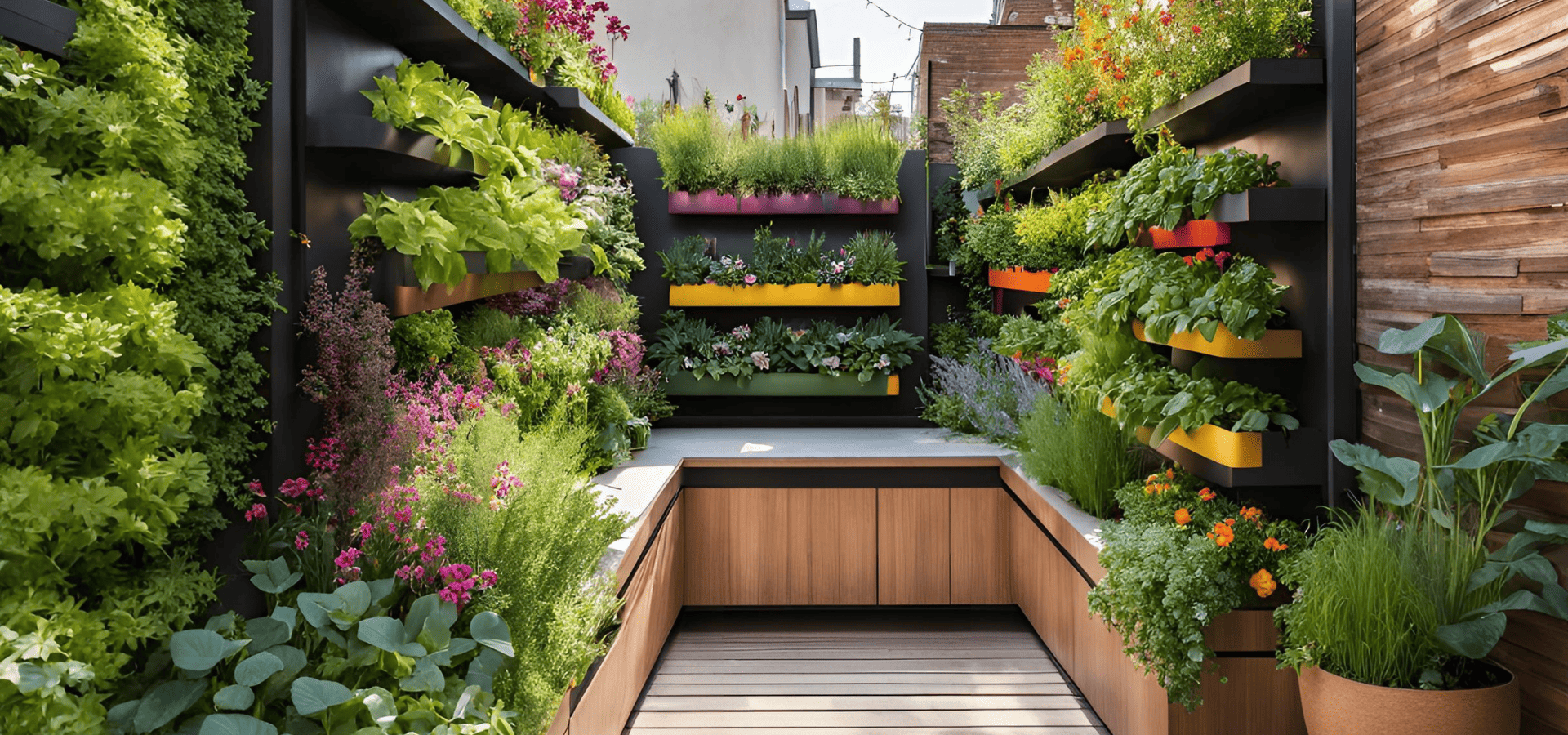
Urban modern landscaping is in essence modern space-saving landscaping. It’s a specific landscaping style meant to not just make full use of limited space, but make the space look good. After all, unlike larger spaces which can look great and still be functional, if you tried to focus on aesthetics and do a Zen or cottage garden, you wouldn’t have much space left for anything functional like an outdoor kitchen, patio, or even just a seating area.
Key Elements
- Colors: Mainly neutral tones like whites, grays, blacks, and natural wood tones for the structures, eg raised beds, furniture, vertical garden structure, and so on. The plants will be mostly green to fit in with the minimalist style.
- Plants: Low-maintenance, compact, structural plants that stay small. It’s also a good idea to have some climbing plants to have more greenery without taking up more land space.
- Arrangement: Urban landscapes are small, so just like how even a bit of mess can look really ugly in a small table, similarly, a few disorderly plants can really ruin your urban landscape. So make sure to shape and arrange your plants to look neat.
- Vertical Gardens: The ultimate space-saving garden, vertical gardens allow you to grow many times more plants than you would if you only had one layer. As such, they’re a staple in any urban modern landscape.
- Multipurpose Areas/Furniture: While you will of course see this in other landscapes too, they’re somewhat uncommon, unlike in urban spaces where these are pretty much must-haves rather than nice-to-haves. Some great examples of multitpurpose items include seats that double as storage, planter benches, fire pit tables, and outdoor sofas with hidden storage.
- Modern Materials: As you would expect from a modern outdoor area, you should be using sleek, contemporary materials like steel, metal, and glass.
Things To Note
- Take care not to overcrowd: You would be surprised how quickly a small space fills up. It can be tempting to want to do a lot with your outdoor area. You may want a dining space, a waterfall, a garden, a walkway, and the list goes on. However, while adding more function to your space does make it more useable, adding too many elements can quickly ruin your aesthetic, turning it into an unsightly place you don’t want to be in. Make sure to plan and take measurements properly to ensure you’re not trying to fit too much in too little space.
Conclusion
So there you have it, four popular modern landscaping styles that will have your outdoor space looking cool, trendy, and aesthetically pleasing.
This list definitely isn’t exhaustive, so feel free to explore other styles before you come to a decision, unless you’ve fallen in love with one of these styles already.
All the best!
